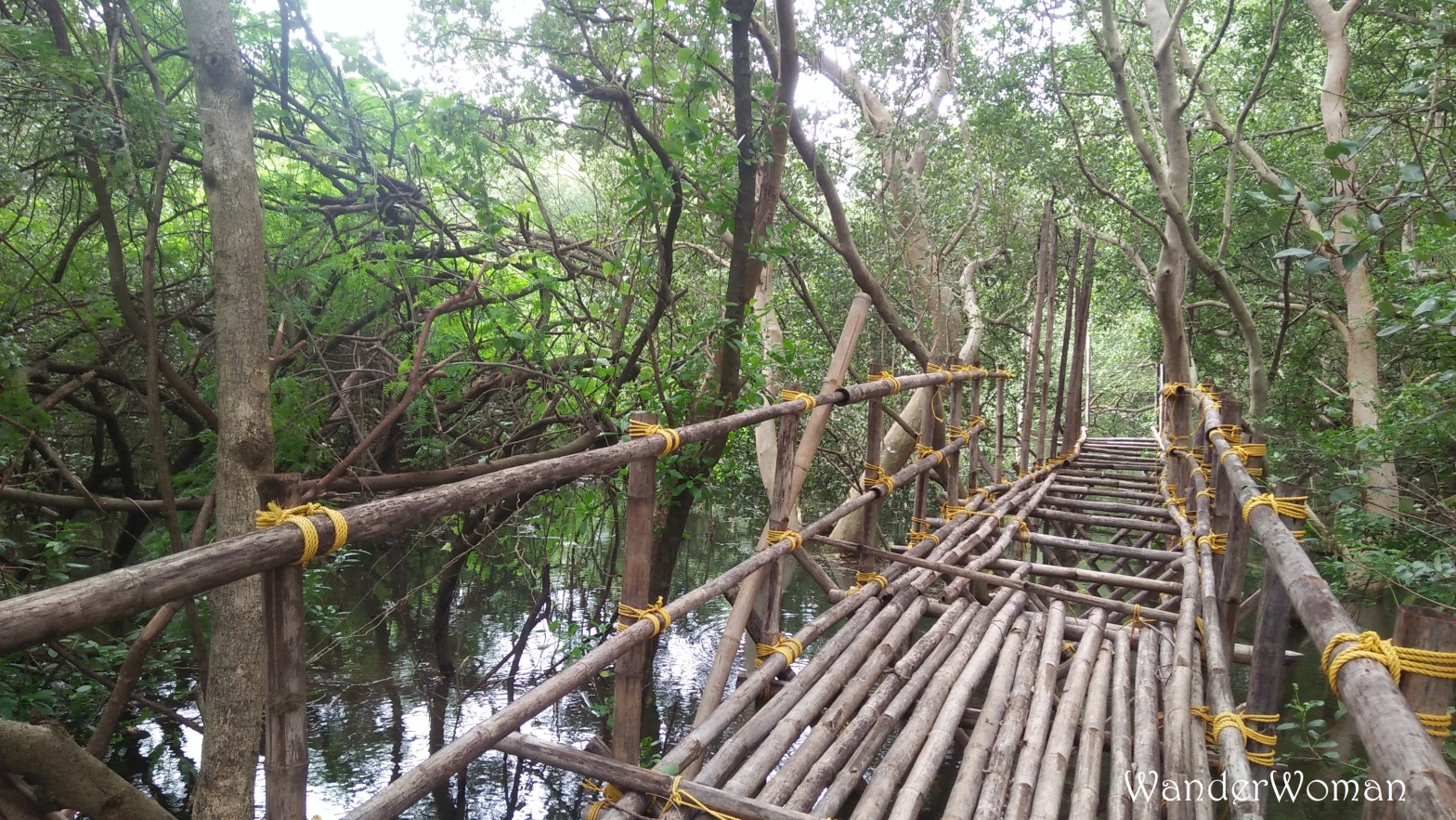Manila Bay strategically located around the capital city of the Philippines and has a total area of 1,994 km² with 190 km coastline covering Cavite and Metro Manila on the east, Bulacan and Pampanga on the north, and Bataan on the west and northwest. This completely landlocked bay is a natural harbor serves the Port of Manila.
The ships, motorized boats, oil terminals, and the discharges from industries together with the presence of squatters living nearby are the factors directly impacted the health of its waters. Undeniably, global industrial economic growth fuels massive environmental degradation and Manila Bay is one of a perfect example.
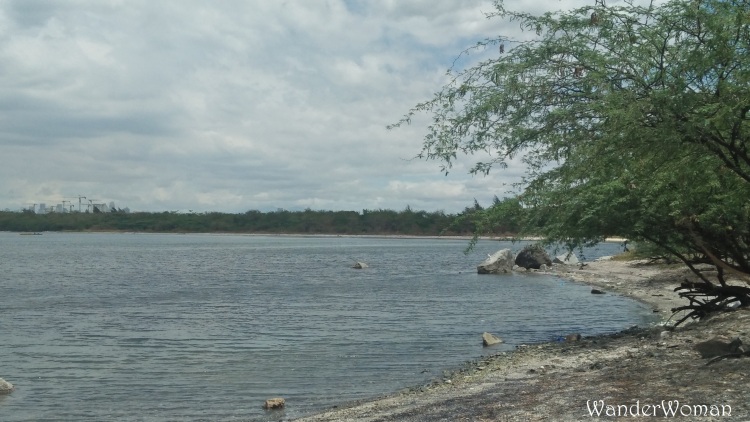
THE LAST HOPE OF A DYING OCEAN
Within the littered and filthy coastline of Manila Bay, there is a sanctuary called Las Piñas- Parañaque Critical Habitat and Ecotourism Area (LPPCHEA).
LPPCHEA is 175 hectares wetland ecosystem composed of two interconnected mangrove-covered islands (Long Island and Freedom Island), mudflats, shallow lagoons and coastline. It is the first critical habitat in the country thru Presidential Proclamation No. 1412 in 2017. Being the last coastal wetland, the last mangrove reserve and the last breeding area in National Capital Region, LPPCHEA truly adheres to its reputation as the region’s last coastal frontier.
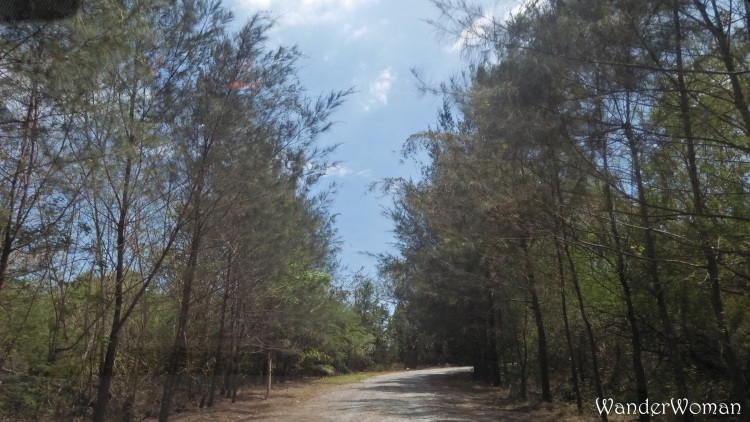
There are eleven species of mangroves grow dense along LPPCHEA’s shoreline that serves as the resting, nesting, and feeding grounds of approximately 82 species of our feather friends, 41 of which are migratory using East Asian–Australasian Migratory Flyway coming from China, Japan and Siberia. Some of the resident birds are the endangered Chinese Egrett, the rare Pied Avocet, Philippine Bulbul, Colasisi, Common Greenshank, Black-Winged Stilts and the Philippine duck which listed as vulnerable species by the International Union for Conservation of Nature and Natural Resources (IUCN)
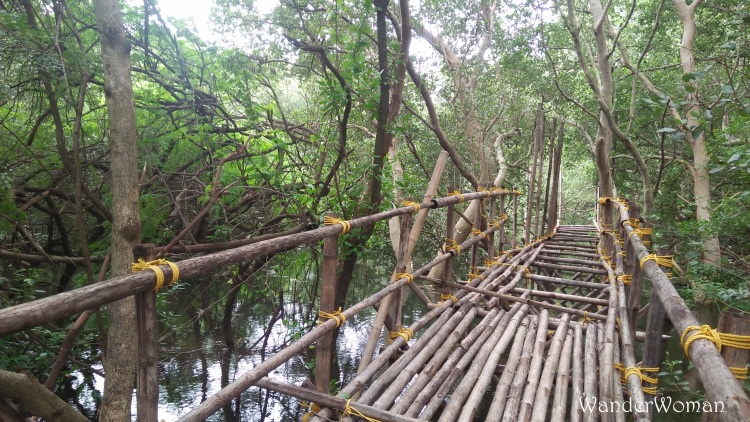
Due to the critical role LPPCHEA plays in the survival of threatened, restricted-range and congregatory bird species. It was considered as one of the world’s most important wetlands and declared as Ramsar’s Site for Wetlands of International Importance last 2013. The sixth Ramsar Site in the country to date.
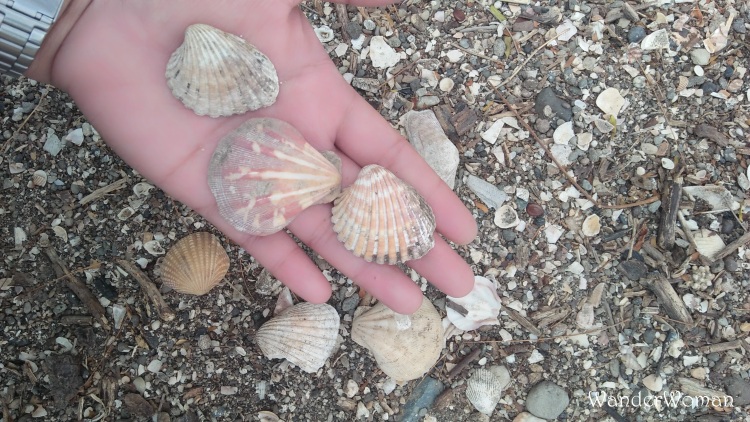
A SANCTUARY ON THE EDGE OF DESOLATION
Though LPPCHEA plays a vital role on biodiversity conservation and serves as a natural defense against sea-level and storm surge, protecting coastal barangays of Las Piñas and Parañaque, it is still not exempted to the threat of being a victim of urban development of expanding metropolis of Manila.
In 2012, Airport authorities (MIAA) requesting to transfer the wildlife sanctuary to another location, allegedly to deter further bird strikes at the country’s premier gateway (NAIA).
Nonetheless, aviation safety is a crucial concern, but still not a substantial reason to demolish LPPCHEA. In case the sanctuary is removed bird strikes will still continue considering the country’s location is along the East Asian–Australasian Flyway and NAIA’s proximity to Laguna de Bay, which is also a staging site of migratory birds.
To date, there is a proposed 26,230 hectares of Manila Bay approved for land reclamation project under President Rodrigo Duterte’s Build, Build, Build program. The sanctuary is not actually included on the proposed reclaimed land but the project will blanket the almost entirety of freedom island and may eventually cut off its access from the rest of Manila Bay, thus mangroves will lose its purpose. Also, noise pollution and siltation during the process of reclamation might drive away the birds and fishes.
The controversial debate over its future standing is still not decided. Will it remain one of the world’s most important wetlands, or will it be reclaimed as a part of the city development project?
A SANCTUARY CALLING FOR A SAVIOR.
I think the greatest threat to our planet is the belief of someone else will save it, when in fact we are all responsible. Though there are personnel assigned to clean the garbage washes at all over the coastline and mangroves, LPPCHEA still needs us for help. Volunteers from different NGO, companies and schools regularly participate in cleaning up the coast. You can also organize a coastal cleanup event with your friends. There’s how and the other Fun Things to do in LPPCHEA.
“Through the years, the ecosystems in Manila Bay is continuously deteriorating due to inevitable development, but many life forms still flourish within its edges”

